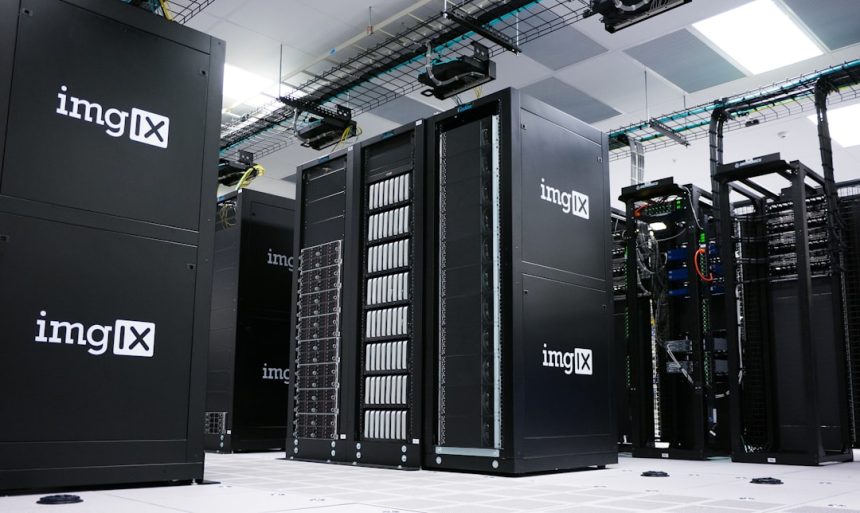In today’s fast-paced digital landscape, users demand experiences that are not only fast but also deeply personalized to their wants and needs. Traditional methods of personalization often come at the cost of performance, relying on client-side or server-side logic that introduces latency or compromises scalability. However, with the rise of edge computing, a new paradigm is emerging — one that promises blazing-fast, scalable, and context-aware experiences. This is where edge functions enter the spotlight.
Edge functions allow developers to run code at the “edge” of a network — closer to the user — typically at geographically distributed locations. This shift opens up powerful possibilities in the realm of personalization, notably by reducing latency, efficiently processing user context, and delivering tailored content faster than ever before.
What Are Edge Functions?
Edge functions are lightweight, serverless snippets of code executed at CDN (Content Delivery Network) nodes or edge locations. Unlike server-side rendering that depends on a centralized backend or client-side scripts that run in the browser (and may delay rendering), edge functions create a middle ground for ultra-fast, context-aware responses.
By executing logic within milliseconds of a user’s request, edge functions significantly reduce round-trip time and enable real-time decision-making at scale.

Why Use Edge Functions for Personalization?
Traditional personalization workflows often struggle with speed and agility. Here’s how edge functions are transforming the equation:
- Ultra-low latency: Edge functions run on servers physically close to users, drastically reducing time-to-first-byte and improving page load times.
- Real-time decision making: Leverage user data such as geolocation, device type, or even cookies during the initial HTTP request to personalize content instantly.
- No client-side lag: Unlike browser-based personalization (prone to flickering and delays), edge functions serve already-personalized content as HTML from the moment it leaves the server.
- Scalability: Edge functions rely on serverless infrastructure, meaning they scale automatically based on user demand without worrying about maintaining dedicated backend resources.
Real-World Personalization Use Cases
Let’s explore practical scenarios where edge functions shine:
1. Personalized Landing Pages
Imagine a worldwide user base arriving at your marketing page. With edge functions, you can personalize taglines, calls to action, or localized promotions based on geolocation — all before the HTML is even delivered to the browser.
Example: A user from Japan sees a hero banner in Japanese with content tailored to regional trends and products, resulting in higher engagement and conversion rates.
2. A/B Testing at the Edge
Edge functions can assign users to experiment variants during the request processing phase, storing that data in a cookie for a consistent experience in future visits. Unlike traditional A/B testing, which may require an extra round-trip or JavaScript-based rendering, this method is instant and seamless.
3. User-Based Theming and Preferences
Returning users might prefer dark mode, specific layouts, or default filters. By reading cookie data or authentication tokens at the edge, you can apply these preferences before the page loads — eliminating visible layout shifts.
4. Feature Flag Control
Want to roll out a new feature to only 5% of your user base? With edge functions, you can implement feature flag logic instantly. Based on request headers and user identity tokens, assign access instantly and log metrics just as quickly.
Key Data Sources for Personalization
Edge functions may not have access to full-blown databases in the traditional sense, but they can work wonders with strategically scoped datasets. Here are some key data signals that edge functions can utilize:
- Geolocation: Derived from the IP address, useful for adjusting currencies, languages, or regulations.
- Cookies: Store personalization preferences, previous visit behavior, and user IDs.
- Headers: Includes device info (User-Agent), preferred language (Accept-Language), and authentication tokens.
- Edge KV Stores: Many platforms offer key-value stores at the edge (like Cloudflare Workers KV or Vercel Edge Config) for shared feature flags and lightweight user data.

Example Architecture Flow
Here’s how a personalized experience might get delivered using edge functions:
- User visits a URL on your site.
- The request hits the nearest edge server.
- An edge function reads incoming headers, cookies, and geolocation.
- It applies logic: Is this user logged in? What region are they in? What A/B test bucket have they been assigned to?
- The function customizes HTML or determines which static page to render.
- Personalized content is returned within milliseconds.
Popular Platforms Supporting Edge Functions
Various cloud and serverless platforms are embracing the edge revolution and offering powerful APIs to run functions at the edge:
- Vercel Edge Middleware: Ideal for Next.js apps. Offers seamless integration with geolocation, locale-based routing, and more.
- Cloudflare Workers: Highly optimized for speed, with global distribution and edge-based KV storage.
- Netlify Edge Functions: Built on Deno, allows hosting zero-cold-start functions at edge locations worldwide.
- AWS Lambda@Edge: Connected to Amazon CloudFront, capable of modifying requests/responses as they travel through AWS’s CDN.
Each platform provides its own runtime features and scalability options, but the core advantage remains the same — deliver fast, intelligent, and localized experiences without the usual latency of traditional architectures.
Challenges and Best Practices
Despite their potential, edge functions are no silver bullet. There are a few challenges to keep in mind:
- Limited execution time: Edge functions are often designed to run within strict time limits (often less than 50ms). Use them for fast logic, not heavy computations.
- Cold starts and platform constraints: Some providers introduce cold starts, particularly for non-JavaScript runtimes or infrequently used routes.
- Data privacy and compliance: Ensure that any personalization based on location or cookies aligns with GDPR, CCPA, and other privacy guidelines.
Best practices for implementation:
- Cache aggressively: Deliver static or semi-static content when possible, even for personalized pages.
- Defer non-critical logic: Serve core UI immediately and load less-important personalizations asynchronously if needed.
- Split logic: Use a hybrid of edge, server, and client personalization thoughtfully, based on the use case.
The Road Ahead
Edge functions represent a significant evolution in how web applications are built and perceived. By moving logic closer to the user, developers are empowered to build snappy, secure, and intelligent personalization that was once limited to costly high-end architectures. We’re seeing a new normalization where latency-sensitive, user-first experiences are not only expected — they’re the baseline.
Looking forward, the synergy of edge computing with advancements such as AI-driven personalization, decentralized identity systems, and real-time user segmentation will unlock richer, more intuitive digital journeys.
In a world where milliseconds matter and attention spans are short, the use of edge functions will continue reshaping digital personalization — making it faster, more relevant, and profoundly user-centric.







